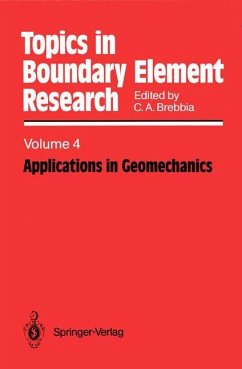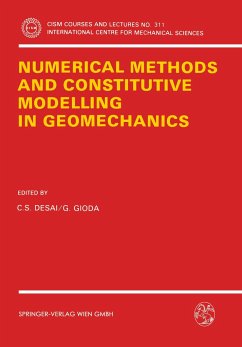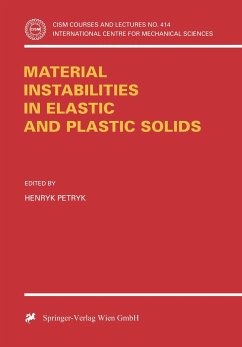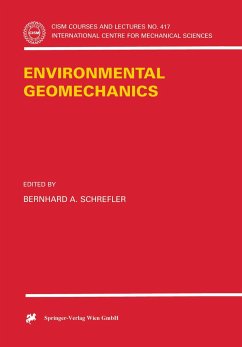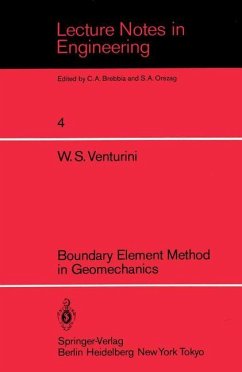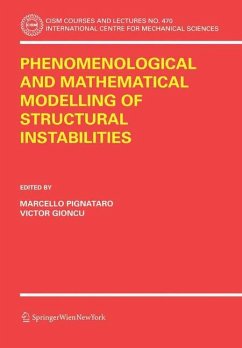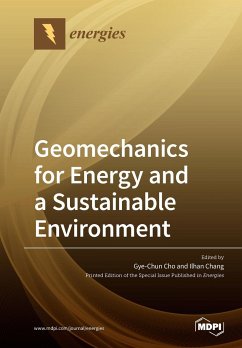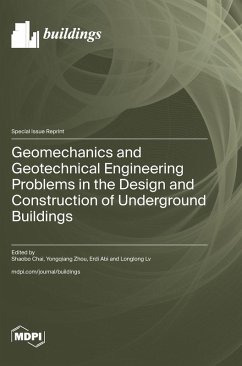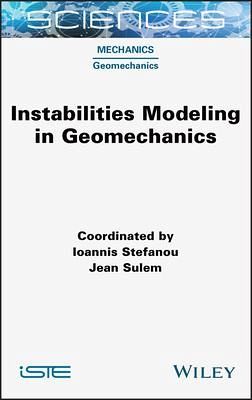
Instabilities Modeling in Geomechanics
Versandkostenfrei!
Versandfertig in über 4 Wochen
158,99 €
inkl. MwSt.
Weitere Ausgaben:

PAYBACK Punkte
79 °P sammeln!
Instabilities Modeling in Geomechanics describes complex mechanisms which are frequently met in earthquake nucleation, geothermal energy production, nuclear waste disposal and CO2 sequestration. These mechanisms involve systems of non-linear differential equations that express the evolution of the geosystem (e.g. strain localization, temperature runaway, pore pressure build-up, etc.) at different length and time scales. In order to study the evolution of a system and possible instabilities, it is essential to know the mathematical properties of the governing equations. Therefore, questions of ...
Instabilities Modeling in Geomechanics describes complex mechanisms which are frequently met in earthquake nucleation, geothermal energy production, nuclear waste disposal and CO2 sequestration. These mechanisms involve systems of non-linear differential equations that express the evolution of the geosystem (e.g. strain localization, temperature runaway, pore pressure build-up, etc.) at different length and time scales. In order to study the evolution of a system and possible instabilities, it is essential to know the mathematical properties of the governing equations. Therefore, questions of the existence, uniqueness and stability of solutions naturally arise. This book particularly explores bifurcation theory and stability analysis, which are robust and rigorous mathematical tools that allow us to study the behavior of complex geosystems, without even explicitly solving the governing equations. The contents are organized into 10 chapters which illustrate the application of these methods in various fields of geomechanics.




